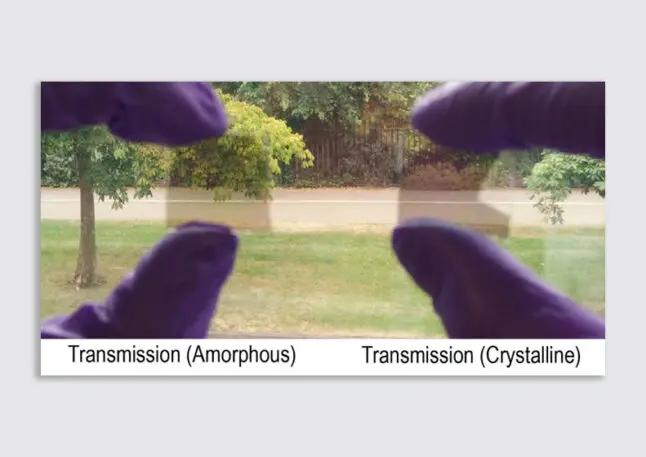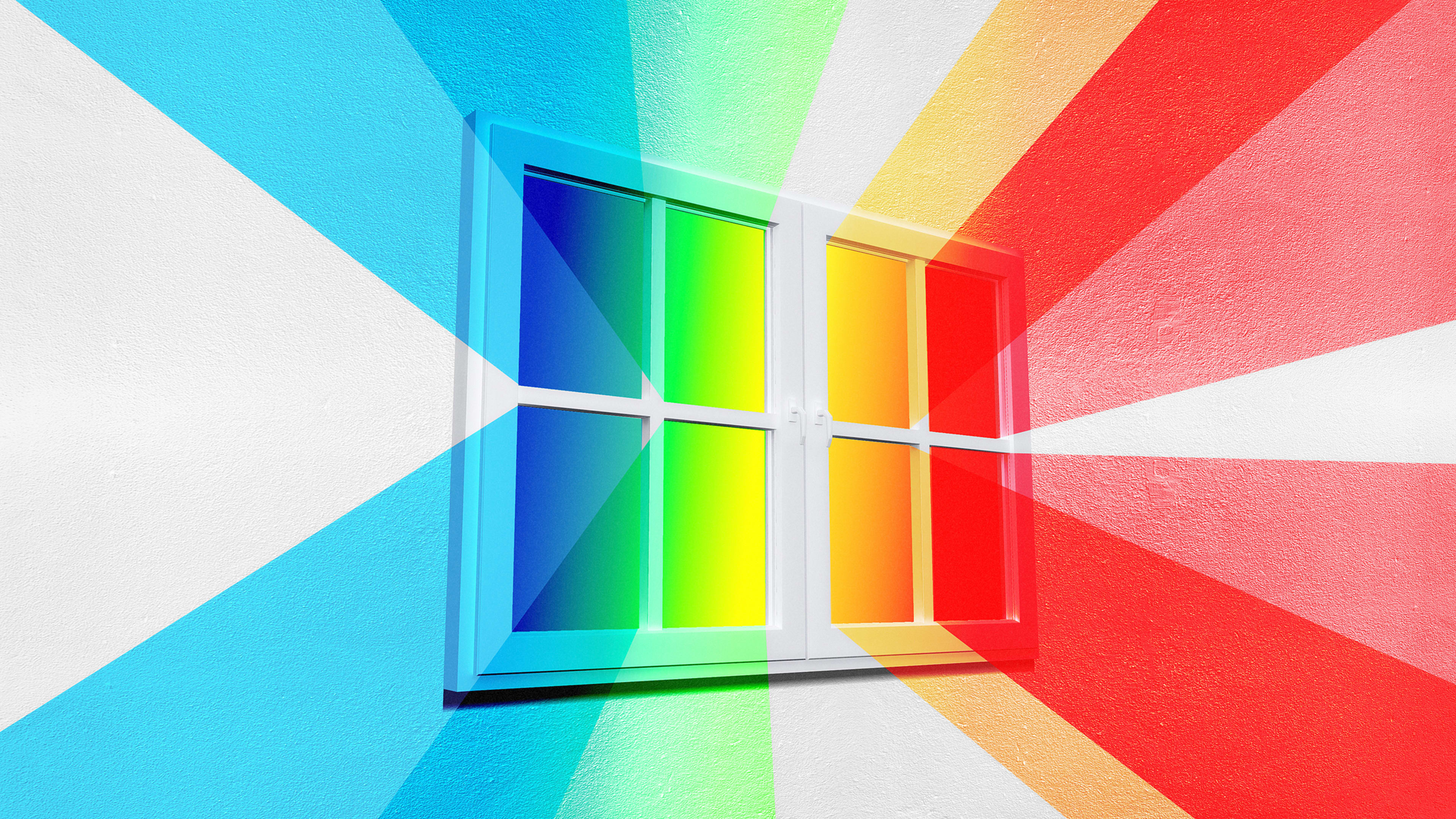Windows have been getting smarter, from energy-efficient panes that keep heated or cooled air from leaking out of homes to self-tinting windows that dim the light coming through without the need for shades. In the future, smart windows might go a step further to actually harvest energy from the sun to heat your house in the winter and reflect it in the summer to keep your home cool, without actually changing how well the sun’s light shines through.
Nathan Youngblood, an assistant professor in the engineering department at the University of Pittsburgh, works on reconfigurable or phase-change photonics, taking optical components like lenses or mirrors and making them switch between two states. When working with a startup called Bodle on color-changing technology displays, he and his coresearchers thought, If you can use a thin coating on something like a piece of glass to switch it between two different colors, can you also switch between two different states of reflection for infrared light? Infrared light isn’t visible to the human eye, but we feel it as heat. If you could change how much a surface reflects or absorbs infrared light, it could affect the temperature in that space.

“Our goal was to make something that was aesthetically pleasing in that it doesn’t disturb people inside [so] they’re not aware the technology is there and working, but it’s still able to harvest energy and reflect or heat the home depending on the season,” Youngblood says. “Having control over the thermal properties in addition to the optical properties of a window is an area that hasn’t really been explored.”
A paper published in the journal ACS Photonics, for which Youngblood is the first author, is proof of concept for such a material. Traditional windows are two panes with something like argon gas pumped in between to act as insulation. The researchers created a material with an extra optical coating on the inside of the glass, which can either reflect the infrared light from the sun or absorb it and bring it in as heat, without changing how much visible light shines through.
The challenge comes with being able to control that coating, switching it from absorption mode to reflection mode as the seasons change, which needs to be done electrically. On the small-scale prototypes used for Youngblood’s research, the ability to switch the coating’s properties worked, but it would be more difficult to do over the span of a large window.
This is just the beginning for this type of work, but it could have big impacts. “One of the key innovations that we were able to illustrate was that we can selectively harvest energy from the infrared using materials that are switching between absorbing and reflecting,” Youngblood says, “which opens up the field for a lot of different materials that haven’t been explored yet.” When the researchers simulated potential energy savings, they estimated that using such windows (including the energy needed to control them) would save 20% to 34% in energy usage per year, versus typical double-paned windows.
Recognize your brand’s excellence by applying to this year’s Brands That Matter Awards before the early-rate deadline, May 3.
